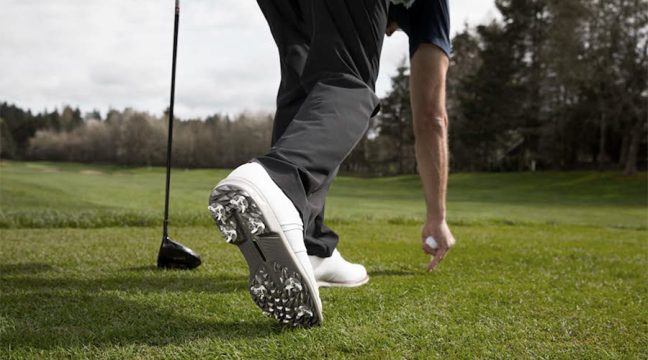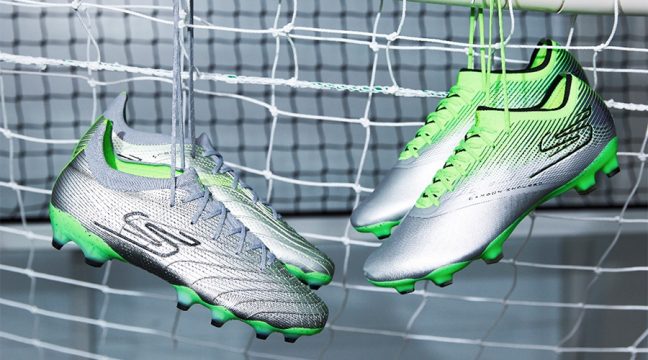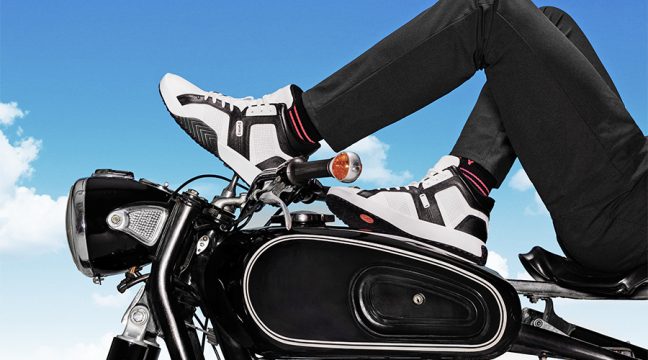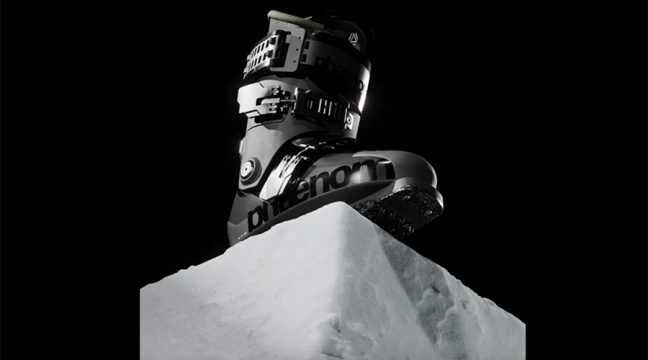Set aside the carbon and aluminum debate, most pole innovation is at the ends.
By M.T. Elliott
It might not come as a surprise that trekking and ski poles evolve slowly, but it’s also a category where a change by one manufacturer can spawn changes by its competitors.
For the most part, new pole tech is centered on ease of use and multifunction. New grips can help unsecure bindings and rings can act as mini-handles or glove attachments. Overall pole trends are hard to detect, so the focus on few new items may be the best market indicator.
Backcountry State Of Mind
Ski gear is still reacting to the surge in alpine touring. Designers are challenged to create poles stiff and flexible enough during the literal ups and downs of a backcountry ride. Since the thickness and flex of pole materials is not easily detected on the sales floor — other than the price points — brands often rely on the bells and whistles to help set themselves apart. These small touches include different basket shapes, touring rings on the shafts and anything to make straps less like traps.
The Komperdell Fatso 430 grips are not just fatter, as the name implies, but longer. This provides a similar grip at different heights for ascents and descents. The powder strap is longer, too, and comes with an adjustable lock. These features are on the brand’s carbon Vario line.
On the safety side, brands continue to offer removable straps and user-triggered releases. Black Diamond introduces new breakaway straps in its Razor Carbon Pro carbon-aluminum poles. This SwitchRelease technology releases the top end of the strap when pulled from above, a smart breakaway feature for when off-piste skiing gets rough and tumble.
Next year, Mountainsmith will build upon the success of its Trekker FX monopod with the FXpedition, a collapsible pole that comes in around 14 inches in length when broken down. “This allows the photographer to store the FXpedition completely in their bag (instead of strapped to the outside) when not using it as a monopod,” said Mountainsmith Marketing Manager Jeremy Dodge. “We find that skiers and other backcountry users especially appreciate this.”
Carbon continues to help premium poles get lighter, stiffer and tougher. The weight-sensitive backcountry and touring niches have new options this year, but the lightest among them is Black Diamond’s Helio fixed-length ski poles are part of its ski mountaineering series. A pair of Helio poles weighs about nine ounces thanks to single-piece, inflation-mold construction. Yes, even the grip is carbon. Backcountry features include a touring ring for steep-terrain grip and stiffened basket.
Good Vibrations
Leki has developed an anti-shock system that works closer to the point of impact than ever before and debuts it in a foldable trek pole. The Dynamic Suspension System (DSS) Antishock is in the tip of the pole, dissipating the shock of contact before it reaches the grip.
Leki claims this system reduces the peak impact force up to 40 percent. “The challenge is that putting it at the tip is also where the impact occurs and where the most abuse takes place so we had to find a way to make sure we had a way to not adversely affect swing weight and to make sure the durability factor was there,” said Marty Callahan, Leki sales manager.
Leki debuts this suspension technology in a line of folding poles. Four Leki Micro Series models: men’s and women’s versions of the all carbon or aluminum folding. Callahan said the DSS technology will continue to trickle down to other Leki models, including fixed length poles, and become the brands new anti-shock standard. “There was a time when the majority of the poles we sold were anti-shock so this market has ebbed and flowed a bit but with DSS we now have what we feel is a great new anti-shock system that offers great performance and feel.”











